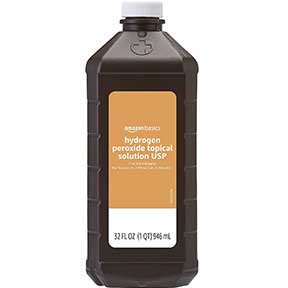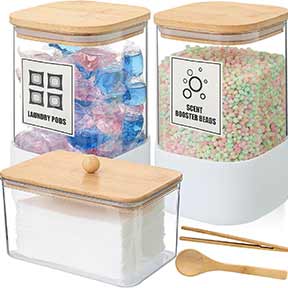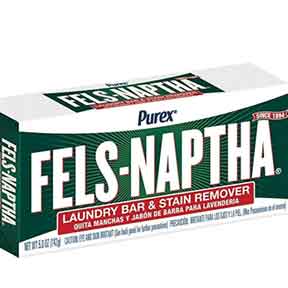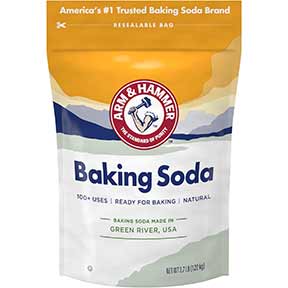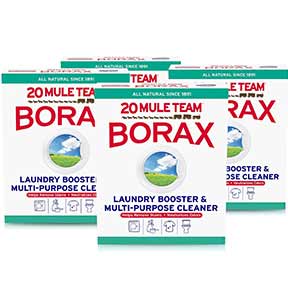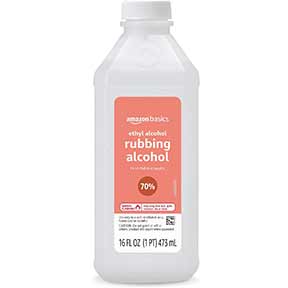Homemade Laundry Starch

Homemade Laundry Starch and How to Use It.
Making and Using Homemade Laundry Starch
Who doesn’t like a crisp white shirt? While a heavily starched shirt – especially one treated with homemade laundry starch – may not be as comfortable as a more natural feeling (and softer) one, it does give off a certain look that can’t be beat when trying to make a good impression. Using starch was much the norm during the 16th century when aristocrats used it to stiffen the collars and cuffs of their garments. Since then, starching shirts has risen and fallen in popularity as fashions and trends change. Today, laundry starch is most commonly used on dress shirts worn by professionals although there are some that like to starch their everyday wear as well.How Much Starch To Use?
Do you prefer your clothes lightly starched or heavily starched? Tablecloths and napkins crisp for the holidays? This is a completely personal preference that has absolutely no bearing on current fashion trends. Basically, the crisper you want your shirt to look (and feel), the more starch you use. The final look of your shirt also has to do with the kind of starch you use and how you use it. Adding starch to the washing machine can also give your clothes that starched look just like spraying it onto already laundered shirts and ironing. Professional starching tends to offer a crisper look but having your work shirts professionally cleaned and starched can be very costly, and in a time when people are trying to cut back on non essential expenses, learning how to make laundry starch yourself – and use it – has become an inexpensive alternative. If you are unsure how the starch mixture will react to a particular garment, do a test spray somewhere inconspicuous first.Methods of Using Homemade Laundry Starch
The two methods of using starch on clothes is either to spray on the starch or to use starch in the wash. So, spray vs. washing of the starch, which is the best method? If you are new to starching, you may want to try both methods and see which works best and feels best for you. Also, some fabric respond better to starching than others such as natural fabrics, cotton, linen, and organic fabrics. Thicker fabrics will not absorb the starch as well and some combination fabrics won’t starch well either. So keep that in mind.Using Starch in the Washing Machine
Again, some people love to add starch to the washing machine which can also add a nice crispness to clothes, while others prefer to spray the starch on their shirts, collars and cuffs for more control. Since you are adding starch to the wash, use a warm to hot cycle and make sure the clothes you are washing are clothes you want to be starched.Adding Starch to the Final Rinse Cycle
Depending on the amount of clothing your washing and the desired crispness you’re looking for will depend on how much cornstarch you dissolve in water. A good place to start is 2 tablespoons cornstarch to 1/2 cup cold water, stir to combine. For heavier starch add 1 tablespoon more and stir. Just remember, this should be a liquid not a paste. To add the starch, you will need to stop the wash on the final rinse cycle (if you’re like me and may forget, set a timer loud enough to catch your attention) then add the starch to the fabric softener compartment. Restart the wash and let it go through the rinse cycle. Remove items and let hang dry until almost dry then iron. If you do put your things in the dryer after using the starch in the final rinse cycle, it will probably soften the fabric and not be as starched as you want.Ironing with Starch
Mixing up your own batch of laundry starch may seem like something difficult to do but in reality, it is very simple and inexpensive.Homemade Laundry Starch Recipe
All you need is:- 1 pint (2 cups) of cold water
- 1 tablespoon of corn starch
- Spray bottle
- Once you’ve made your laundry starch, get a freshly laundered shirt (check for any special instructions on the label) and spray the starch as lightly or heavily as you desire. If you like your starch heavy in the collar for example, spray and iron a few times versus one heavy coat.
- Spray sections as you are ironing, don’t spray everywhere all at once.
- In order for the starch not to flake or become sticky, allow it to sit and penetrate the fabric about 30 seconds (maybe more depending on how much you used) before ironing.
Natural Cleaning
